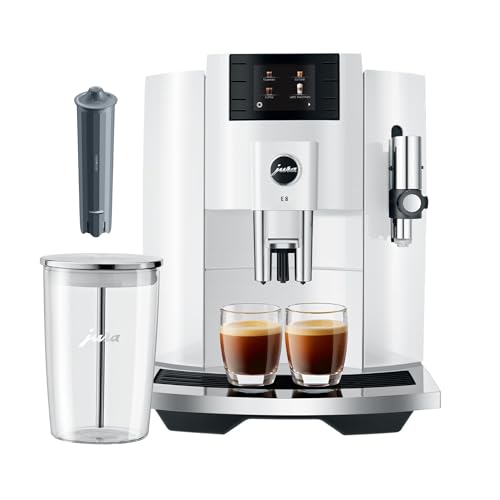Starting your home barista journey is fun and fulfilling. As much as you don’t have to be professional, knowing the basics of coffee varieties will elevate your brewing and allow you to make café-quality drinks at home. In this book, we’ll cover the basics of coffee types that home baristas should know before getting into espresso machines, milk frothers, and intricate latte art.
Espresso – Your Creativity Base
Espresso is the foundation of many popular coffee drinks. As a home barista, mastering a basic espresso shot opens the door to lattes, cappuccinos, mochas, and more. It’s made by forcing hot water through finely ground coffee beans under high pressure, resulting in a bold, concentrated shot. Even if you’re using a simple manual espresso machine or a stovetop moka pot, learning how to extract a balanced shot is step one.
Americano – Easiest and Most Satisfying
An Americano is a good starting point if you like the espresso to be less strong. It’s simply espresso with hot water added to it. This keeps the body of the espresso but tones down its strength. Being a beginner, it also allows you to practice pulling espresso shots without worrying so much about milk texturing yet.
Latte – A Household Favorite
The latte is a home coffee lover’s favorite. It consists of one or two shots of espresso, steamed milk, and a thin froth on top. You can do a good latte at home with a milk frother or even by heating and shaking milk in a jar. The interaction between the milk and the espresso is what creates a creamy and well-balanced latte.
Cappuccino – Strong with a Foamy Finish
Cappuccinos are confused with lattes but consist of more foam and less milk. Typically made with the same ratios of espresso, steamed milk, and foam milk, they have a stronger coffee flavor. Getting a handle on the skill of manipulating milk texture is key here. The good news is that plenty of cheap milk frothers can help you get that silky, airy foam at home.
Flat White – Silky and Strong
Flat whites are for anyone who prefers a strong coffee flavor without too much milk. It’s similar to a latte but with microfoam rather than frothed milk, which is slightly smoother. To make this at home, just froth the milk gently and pour it over a double shot of espresso.
Cold Brew – Perfect for Hot Days
Cold brew is a cinch to make at home. Simply steep coarse coffee beans in cold water for 12–24 hours and filter. You have a low-acid, smooth coffee perfect for serving over ice. Add milk or flavored syrups for a customized drink. It’s ideal when you want to make a batch ahead of time.
Mocha – For the Sweet Tooth
If you’re a chocolate and coffee aficionado, the mocha is a must master. It’s literally a latte with chocolate syrup added to it. Home-made, you can mix cocoa powder and sugar together with some hot water to create your own mocha base. Then pour in espresso and steamed milk. It’s rich, comforting, and perfect for cold winter mornings.
Mastering the most popular coffee types
A home barista requires neither expensive equipment nor professional training. Mastering the most popular coffee types is the starting point to brew confidently at home. You can make café-quality coffee at home immediately by mastering the basics of espresso, milk drinks, and cold brews.
So grab your French press, espresso machine, or Aeropress and become an artist. The more you learn about these drinks, the more you will realize the art of home brewing.













[…] you imagine. Using some simple equipment and a little practice, you can create smooth, creamy milk perfect for lattes, cappuccinos, and flat whites all from your kitchen at […]
[…] scale might not seem essential at first but if you’re serious about consistent, café-quality coffee at home, it’s a game changer. Precision brewing starts with accurate measurements, and that’s […]
[…] your milk frother in good condition means each latte or cappuccino you make will have as good and fresh a flavor as possible.Make cleaning a part of daily coffee […]